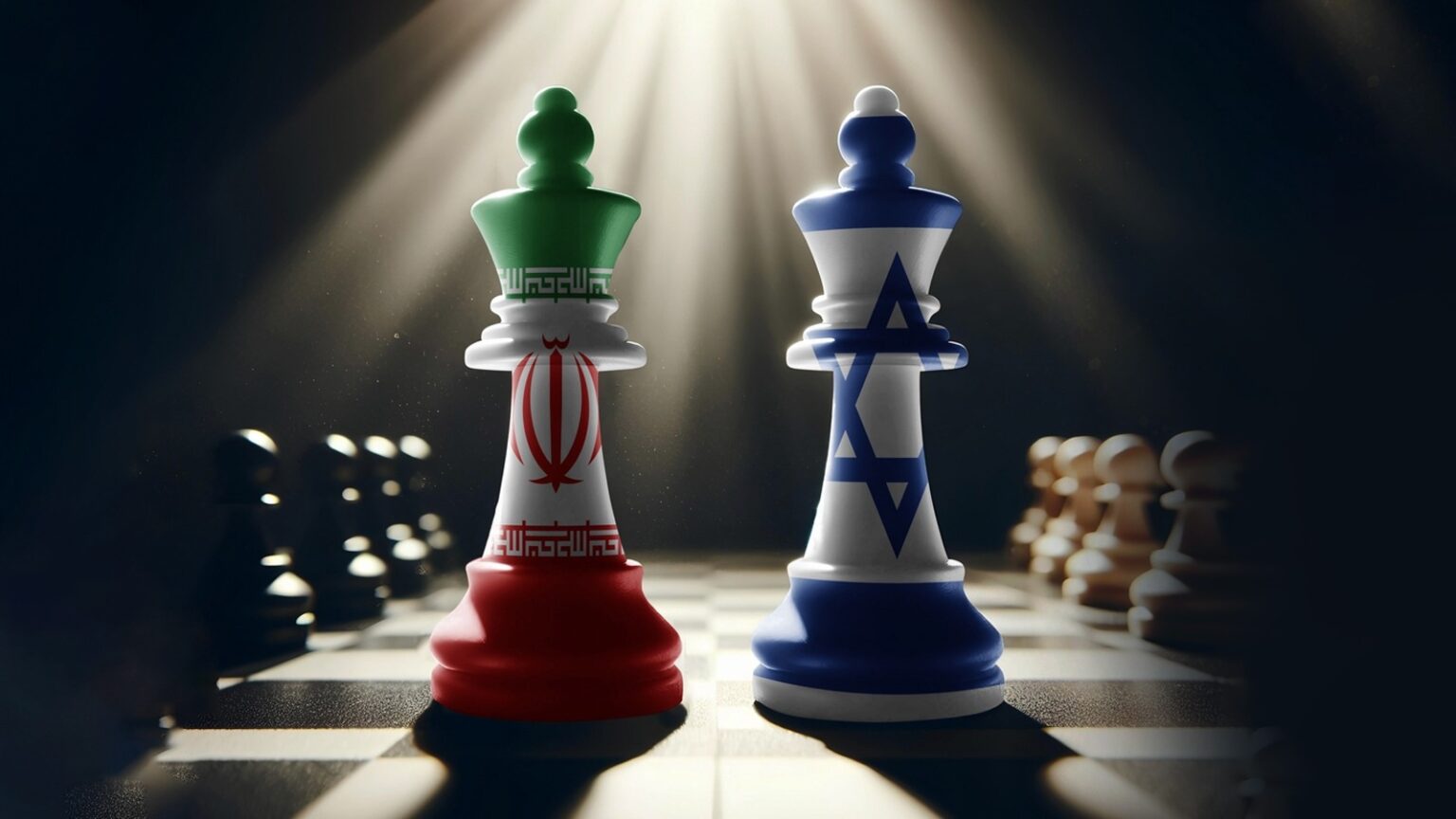The Middle East faces one of its most dangerous crises in recent history, as tensions between Iran and Israel reach unprecedented levels, threatening to engulf the region in a wider war. Israel recently launched a ground operation into southern Lebanon, targeting Hezbollah positions in what they called a “limited” incursion. This follows the assassination of Hezbollah’s Secretary-General, Hassan Nasrallah, in a devastating airstrike in Beirut’s southern suburb—a significant blow to the organization that has fueled further conflict.
Hezbollah, which had been launching rockets at Israel in support of Hamas’s ongoing war in Gaza, responded by intensifying its attacks. The group claimed responsibility for striking sensitive Israeli military sites, including intelligence facilities near Tel Aviv. Meanwhile, the Israeli military announced on Tuesday that Iran had fired nearly 200 missiles toward Israel, with alarms blaring across central parts of the country, driving millions into shelters.
Iran’s direct involvement marks a dangerous escalation, as this is the first time in recent memory that Tehran has openly launched missiles on Israeli soil. While reports of the attack were initially disputed, with Israeli authorities initially denying confirmation, the potential for a broader Iranian-Israeli confrontation has raised alarms globally.
The regional context adds to the peril. The ongoing war between Hamas and Israel in Gaza had already drawn Hezbollah into the conflict, sparking fears of a multi-front war. Now, with Iran actively entering the fray, the risks of a full-scale Middle Eastern war have increased exponentially. The United States, Israel’s primary ally, has warned of Iran’s imminent missile strikes and has stationed naval vessels and aircraft in the region to assist in the defense of Israel. This signifies not only an Israeli-Iranian confrontation but also the involvement of major powers in what could become an all-out regional war.
Israel, for its part, continues to pursue its objectives. Since the start of the Hezbollah-Israel escalation in October, Hezbollah has launched rocket attacks, forcing around 60,000 Israelis to flee from northern Israel to safer regions in the south. Israeli leaders, including Prime Minister Benjamin Netanyahu, have repeatedly vowed to neutralize Hezbollah, which they accuse of using civilian areas to hide their military assets. Netanyahu declared, “We will continue to hit Hezbollah. Those who have a rocket in their home will have no home.”
The ground incursion into southern Lebanon is part of Israel’s broader strategy to destroy Hezbollah’s military infrastructure near the border. Israeli Defense Minister Yoav Gallant emphasized that Nasrallah’s death was just the beginning, signaling more decisive actions to come. Gallant has called for Israeli forces to escalate their efforts in the north, arguing that it’s time to ensure the safe return of displaced Israelis.
Despite Israel’s efforts, Hezbollah continues to maintain a strong presence in southern Lebanon, launching relentless rocket barrages. The group’s attacks, coupled with the Iranian missile strikes, have turned the conflict into a more dangerous confrontation with no clear end in sight. The Lebanese government and the United Nations peacekeeping force in Lebanon (UNIFIL) have reported that they did not witness Israeli ground troops crossing the border in significant numbers, further adding to the confusion and misinformation around the conflict.
Iran’s bold move to fire missiles on Israel raises several critical questions: Will Israel launch a retaliatory strike on Iranian soil? Could this situation spiral into a direct war between Iran and Israel, with Hezbollah and Hamas as proxies? Will the United States intervene further to support its ally, Israel, potentially dragging the entire region into conflict?
As the conflict unfolds, civilians across the region are suffering the consequences. Israeli airstrikes on southern Lebanon and Gaza have resulted in significant destruction. On Wednesday, an Israeli airstrike hit a residential building near Beirut, causing substantial damage and leading to speculation about whether Iran’s embassy was the intended target. This airstrike further inflamed tensions, with Hezbollah vowing to continue its resistance.
In anticipation of more rocket attacks from Hezbollah, Israel has imposed additional restrictions on public gatherings and closed beaches in northern and central Israel. Meanwhile, the Israeli army has called up more reserve soldiers to bolster defenses along the northern front, preparing for further escalations.
The situation is further complicated by Hezbollah’s use of southern Lebanese towns as bases for its military operations. While Hezbollah claims it is defending Lebanon from Israeli aggression, Israeli officials argue that the group’s military infrastructure is deeply embedded in civilian areas, making it difficult to target without causing significant civilian casualties.
The current conflict has raised fears of a full-scale regional war, involving multiple fronts and actors, from Hamas in Gaza to Hezbollah in Lebanon and Iran in the east. The situation is exacerbated by Israel’s strategic aim of eradicating Hezbollah’s military capabilities and Iran’s determination to protect its regional interests. In this environment of heightened tensions, a small miscalculation could lead to catastrophic consequences, affecting millions of lives across the Middle East.
The involvement of major global powers, including the United States, further complicates the situation. Washington has warned Iran against further escalations and reaffirmed its commitment to Israel’s defense, while also stationing military assets in the region to deter further Iranian aggression. With U.S. forces on high alert, any direct confrontation between Israel and Iran could rapidly draw in external actors, expanding the conflict’s reach.
Ultimately, the region teeters on the edge of a major war, with no clear path toward de-escalation. The Middle East, already fraught with instability, faces perhaps its most dangerous moment in decades. The stakes are high: a full-blown regional war could reshape the geopolitical landscape for years to come, plunging the Middle East into unprecedented chaos. The question now is whether cooler heads will prevail in time to prevent a larger conflict—or if the region is headed for an all-out war with unpredictable consequences.


